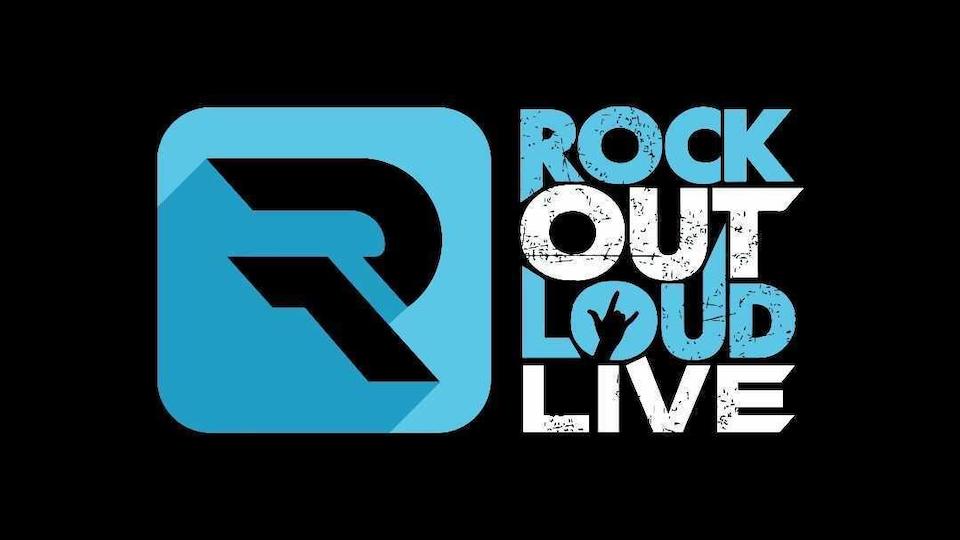For some time now, we’ve been seeing a lot of changes in how we approach not only music lessons but education as a whole. With almost everyone bound to their homes, people had no other choice but to do things online. Luckily, we had an abundance of platforms at our disposal, giving us more options to choose from. In fact, more than we needed. However, contrary to popular belief, things get a lot more complicated with music lessons.
Sure, you can use any of the established live chat apps and platforms for this purpose as well, which is what many have been doing. However, you don’t get the desired results. Why? Well, proper music lessons not only require impeccable audio quality but also incredibly short latency times. After all, both teachers and students need to make out even the slightest dynamic nuances in the other party’s performance.
And this is exactly why we started Rock Out Loud Live, which is more than just your average live chatting tool. The idea was to have the best possible platform for online music lessons; we’re focusing almost entirely on the audio quality instead of additional tools. There have been some questions about the platform’s functionality and features, so we’ll try to clear things up in this brief guide.
So, Why Such a High Focus on Audio Quality?
Well, the simplest answer to this is very expected – you can’t have a remotely effective music lesson without good sound quality. But if you’d want to get more into it, then we also need to discuss the very nature of the internet. If we were to put an accent on the video quality as well, then the audio quality could suffer greatly.
And not only that. Compared to other needs for communication these days, music lessons are kind of special in a way that you need minimal possible latency times between a teacher and a student. Sure, it’s technically impossible to have near-zero latency, but why not take it as low as you can? This will not only make the communication clearer, but the lesson itself will be more effective.
While other video chat platforms, like Zoom or Skype, will often do their best to increase video quality to a maximum for the given speed of internet connection, this is not exactly the case with Rock Out Loud Live. And that’s exactly what makes it a better choice for music lessons than any other platform. Sure, you can have university lectures and other types of private tutoring, but it’s just not the same with music.
What’s more, every nuanced part of your instrument playing can be made out. But if you were to add a super-quality video to it, it would not only cause significant latency, but the audio quality would suffer as well. Just imagine how important that is for an intermediate or an advanced student working on their technique and dynamics. This is especially the case with string instruments like the violin, where you need to hold one note for long.

Why We Don’t Have a Feature to Record Sessions
Since we started this big project, many have started asking us why there isn’t an option that allows students and teachers to record sessions. One of the main reasons is that such a feature would greatly impact the audio streaming quality and low latency levels, which are a huge priority for us.
Additionally, Rock Out Loud is a music school that never practiced recording one-on-one teacher and student sessions, as well as group lessons. The lesson stays between a teacher and a student, and all important information is always written down. Furthermore, all lesson notes can be added to the whiteboard. The teacher can simply select the Save Whiteboard icon and the lesson notes will be downloaded to the teacher’s local computer as a PDF. The teacher can then upload the files directly to their student.
One of our main concerns is privacy as well. Aside from the peer-to-peer connection (which also ensures the best possible audio quality); we want to make sure to have no other potential privacy risks within the Rock Out Loud Live platforms.
Pushing the Boundaries
While we’ve definitely seen how quickly things can change during massive lockdowns, it seems that not many platforms actually cared about music lessons. Yes, Zoom introduced the musician mode, but it came with some drawbacks. This is especially the case when it comes to younger students as Zoom required you to adjust the settings manually.
As for Rock Out Loud Live, the main focus is on its overall simplicity. If you’re a teacher, you just open up your Chrome browser tab; then create a room, and share the direct private link with your student. As for students, they can just click on the link; or copy and paste it into a Chrome tab, and they’re all set! Of course, both parties need a camera, but pretty much all laptops, tablets, and smartphones come with one.
And it’s exactly this simplicity, as well as the platform’s impeccable audio quality and musician-oriented features, that come as crucial factors for music education today. Sure, it’s never possible to replace actual in-person lessons and “brick and mortar” music schools; but, Rock Out Loud Live is as close as it gets! Needless to say, this pushes the boundaries of what communication platforms are capable of.
The music landscape is an ever-changing landscape. And we’re doing our best to keep up with new trends; the main goal is to help young aspiring musicians achieve maximum results!
Check out Rock Out Loud Live here through the official site.